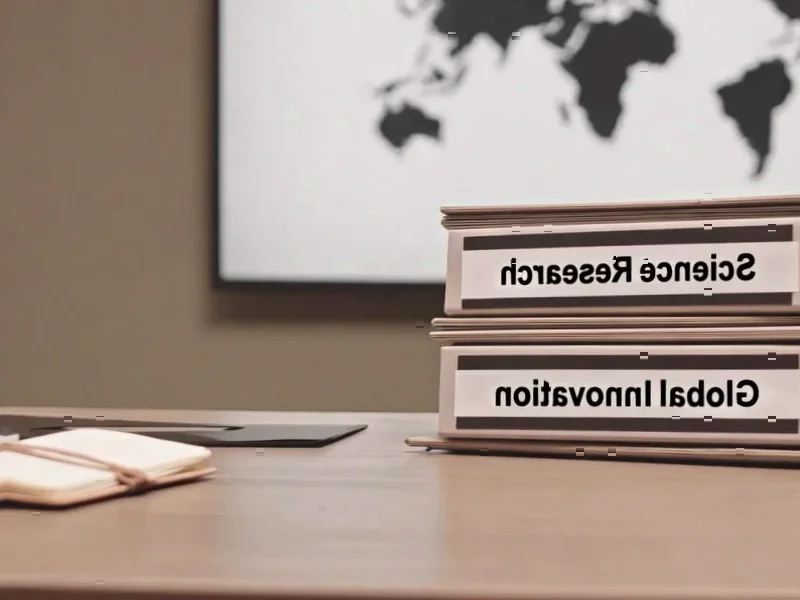According to ZDNet, business leaders are discovering that traditional sales productivity approaches are failing, forcing a shift from raw output to genuine effectiveness. SpiceWorks’ Head Brand Ambassador Jeff Gretler and Dropbox’s Global Head of Commercial Strategy and Operations Maria Groeschel discussed these challenges in a 30-minute Executive 1-on-1 video. The core problem isn’t lack of speed but fragmentation – sales reps navigate ten or more different platforms like Slack, Salesforce, Google Docs, and Gong notes for a single customer view. This creates a significant time tax that pulls from high-value activities, with Gretler noting that “business sprawl” has replaced “single system-itis” as the primary challenge. Companies are now focusing on rep effectiveness rather than traditional metrics like pipeline growth, recognizing that modern buyers demand deeper personalization over speed.
The heroics problem
Here‘s the thing about those last-minute deal saves that sales teams celebrate – they’re actually symptoms of a broken system. When your business model relies on heroic individual efforts to close deals, you’re basically running on fumes. Groeschel put it perfectly: “Does it get us to a point where we no longer have to rely on heroics in the final hour?”
Think about it. Those dramatic saves might feel good in the moment, but they’re completely unsustainable. Gretler calls them “herculean tasks just to get you to a baseline” – which means your team is exhausting themselves just to reach what should be normal performance levels. That’s not scalable, and it certainly isn’t repeatable.
The fragmentation nightmare
So why are sales teams constantly fighting fires? Look at the tool sprawl they’re dealing with. Ten different platforms? Seriously? No wonder they’re spending more time searching for information than actually selling.
I’ve seen this firsthand – reps bouncing between Slack for internal comms, Salesforce for CRM, Google Docs for proposals, Gong for call analysis, and who knows what else. Each jump between systems creates friction, context loss, and wasted minutes that add up to hours of lost productivity every week. And the crazy part? This isn’t getting better – it’s getting worse as new tools keep getting added to the stack.
The solution is simplicity
The answer isn’t adding another tool to the pile. It’s about creating what Groeschel calls a “unified, shared space” where everyone operates from the same up-to-date information. Tools like Dropbox Dash aim to connect existing applications rather than replace them, which is smart because let’s be honest – nobody wants to learn yet another platform.
What really matters is connecting workflows, not imposing new processes. When sales can instantly see customer health signals from success teams, or access the latest product positioning from marketing, that’s when magic happens. Deals aren’t won in isolation – they’re won when teams move together with shared context.
Where sales is headed
We’re seeing a fundamental shift from measuring activity to measuring impact. Groeschel’s three-part framework – effectiveness over raw activity, productivity that creates value, and intelligent efficiency – points toward a more sustainable sales model.
The companies that figure this out first will have a massive advantage. Instead of burning out their best reps with constant firefighting, they’ll build systems that enable consistent success. Basically, they’ll stop celebrating heroes and start building machines that don’t need them. And honestly? That’s where the real growth happens.




